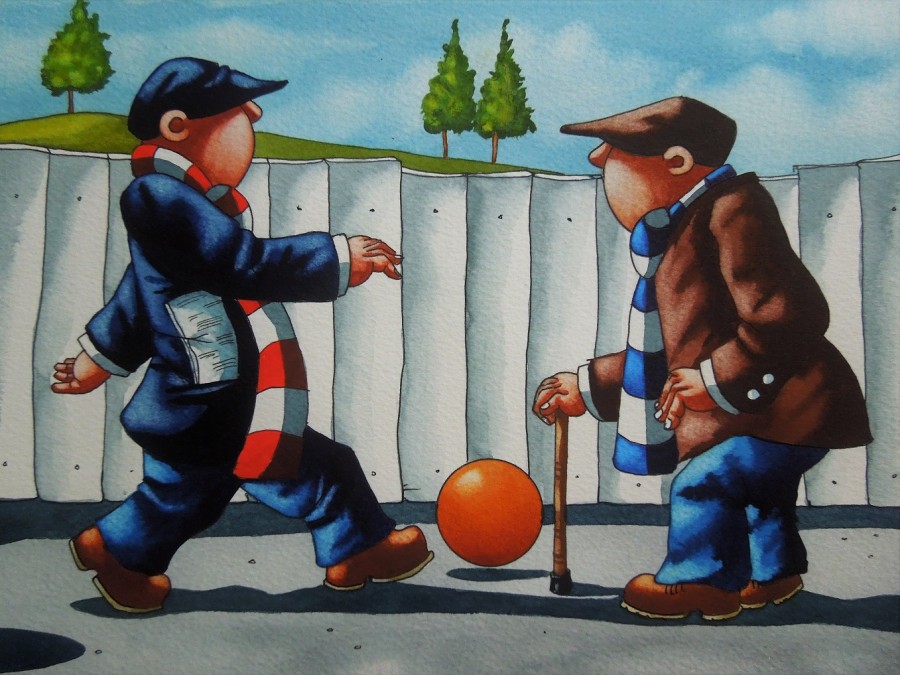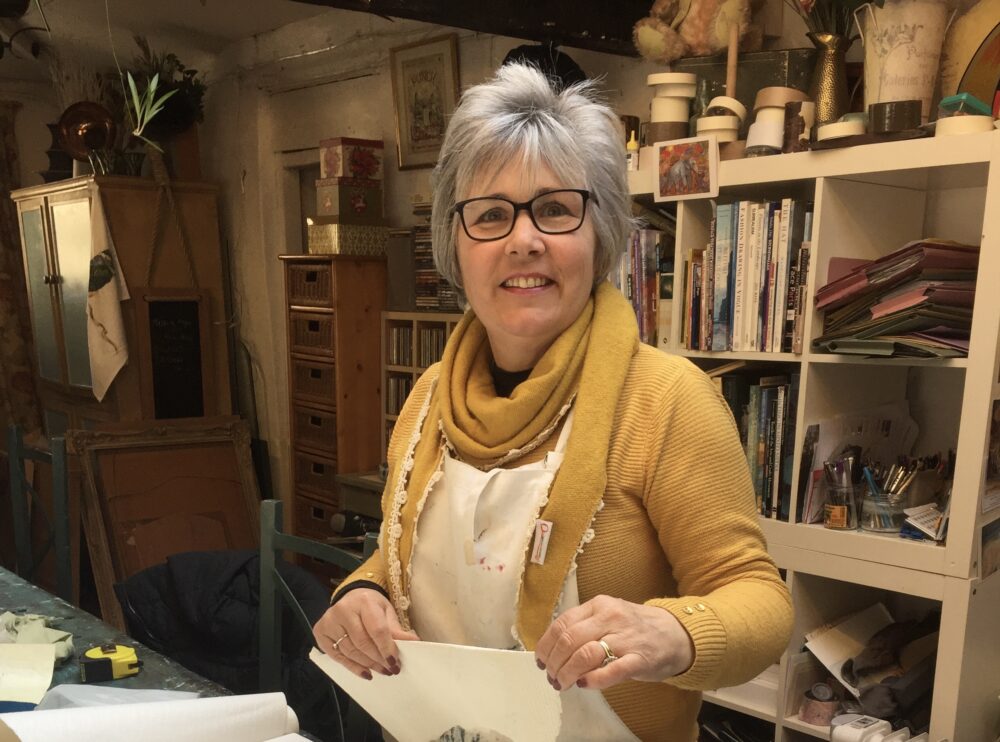Buying a piece of art and giving it pride of place in your home isn’t just about having a nice visual item hanging on your walls. All art has a story to tell, and it’s up to us as a viewer to try and figure out what the painter wishes to convey in his or her piece.
This is what makes art so engaging; the interpretation of work and the ignition of imagination helps us to form a story in our minds. This allows us to better understand the point the artist is trying to make in each piece, making it a very personal part of enjoying and appreciating artwork.

For some artwork, the history and heritage behind the piece is already known, so it’s easy to use cultural, social and historical frameworks to understand the truth the artist was trying to communicate. For example, Guernica by Picasso was created after the artist read eyewitness reports of Hitler’s bombing of a sleepy Spanish village and the oil on canvas mural conveys the chaos, suffering and violence of the event.
Depicting the horrors of war, Picasso exhibited this piece to help raise vital funds for the war relief programme with visitors using the window of war as a position to view the piece through. Since its creation, Guernica became widely acclaimed as one of the key pieces of this period and is still exhibited in the Museo Reina Sofia in Madrid to this day.
All art has a narrative; in some pieces, it’s easy to see the story behind the work whereas in others, it’s entirely up to the interpretation of the audience. The Hay Wain by Constable is perhaps one of the most famous landscape pieces, and in it, he focuses on the beauty of nature and its power to create captivating scenes of the British landscape.
However, more contemporary artists work to evoke emotions using less straightforward techniques. Tauba Auerbach in her Fold piece of 2012 explores the fourth dimension by confusing the observer’s ability to distinguish between two-dimensional and three-dimensional space. The paintings include a kind of in-between space, somewhere between the flat canvas and the peaks of the creases.
The reasoning behind the work is to allow the viewer to appreciate their otherworldly nature and question space and time.

How to discover the story behind the artwork
Through looking and having conversations with others about art, we can all attempt to discover the true message or point behind each piece of work.
Here are some tips on how to gain an appreciation of those messages and stories through observation and emotion:
Overall description
Take a moment to view the piece holistically. At first glance, what is the subject of the painting? What scene, object or materials have been used to help the viewer understand the piece? It is made from non-standard materials such as recycled plastics that might denote an environmental message? Or is the subject slightly subversive that might indicate a criticism?
Use words
If you had to use one word to describe the piece what would it be and why? By using words, we can start to help uncover the meaning and story behind the piece. This is often a good exercise to try with others as different people have different perspectives which can lead to illuminating viewpoints that can help you see the piece through the eyes of someone else.

Get Closer
Sometimes, the story behind a piece of artwork in hidden in the minor details that we might have missed on our initial viewing. It is these small details that can help us cover the truth and meaning in a piece, so pay particular attention to the subjects. Are they holding something in their hands, looking in a particular director or standing above or near something of interest?
Expressions are also key to help us create a story in our minds, so if the art features people take a look at their body language and expressions as clues to the greater meaning.
Open to interpretation
The real beauty of art is that it is completely open to interpretation. What one person may feel is the story behind a particular piece may be totally different to the viewpoint of another, and this is what makes art so special.
The ability to evoke emotions in others is the aim of all artists, so the real story behind each piece of art is what it says to you as a person. Of course, the artist will have an opinion of what their art is hoping to convey and communicate to others, but the real story behind each piece of art is what it means to you and more importantly, how it makes you feel.


